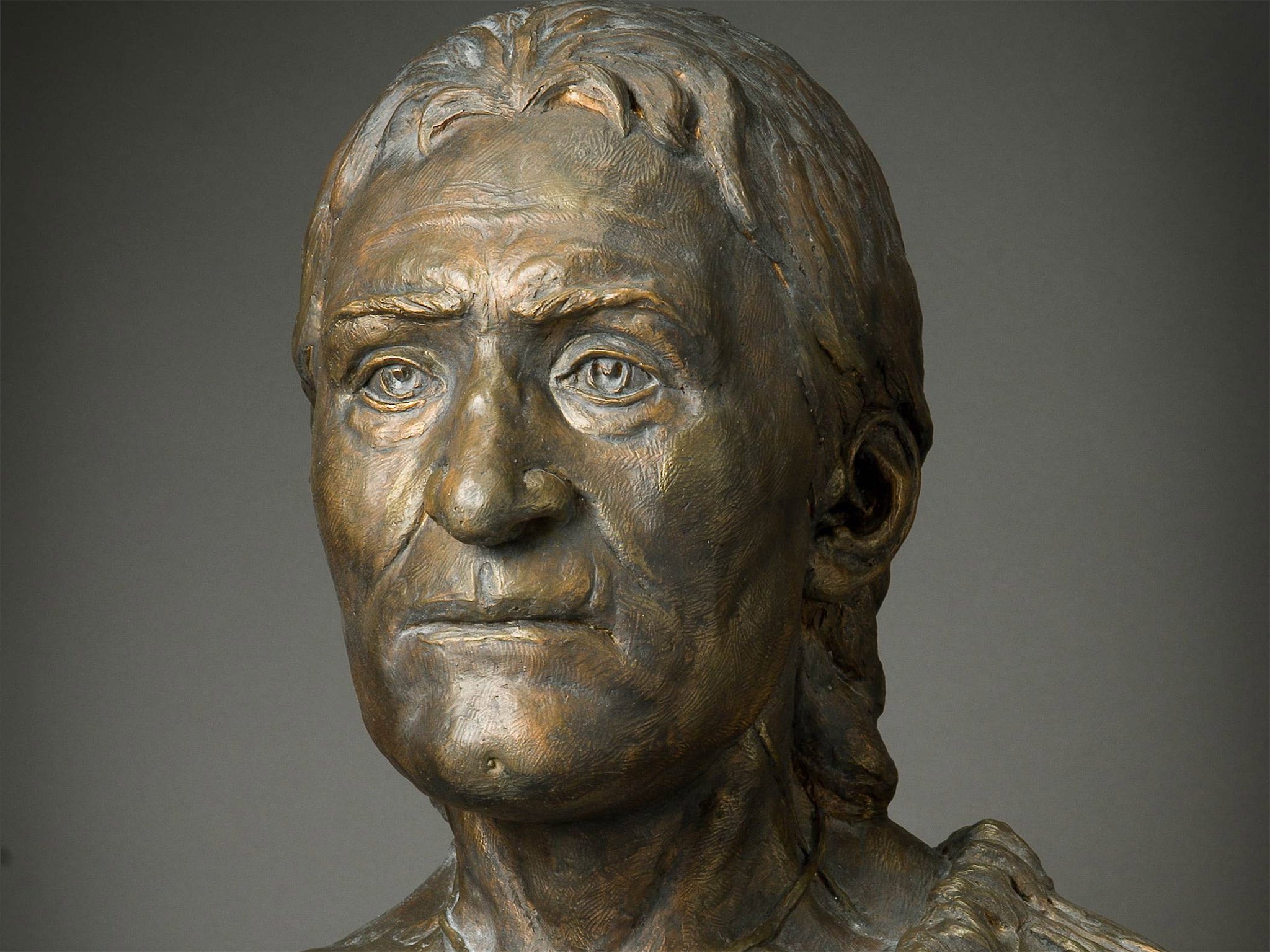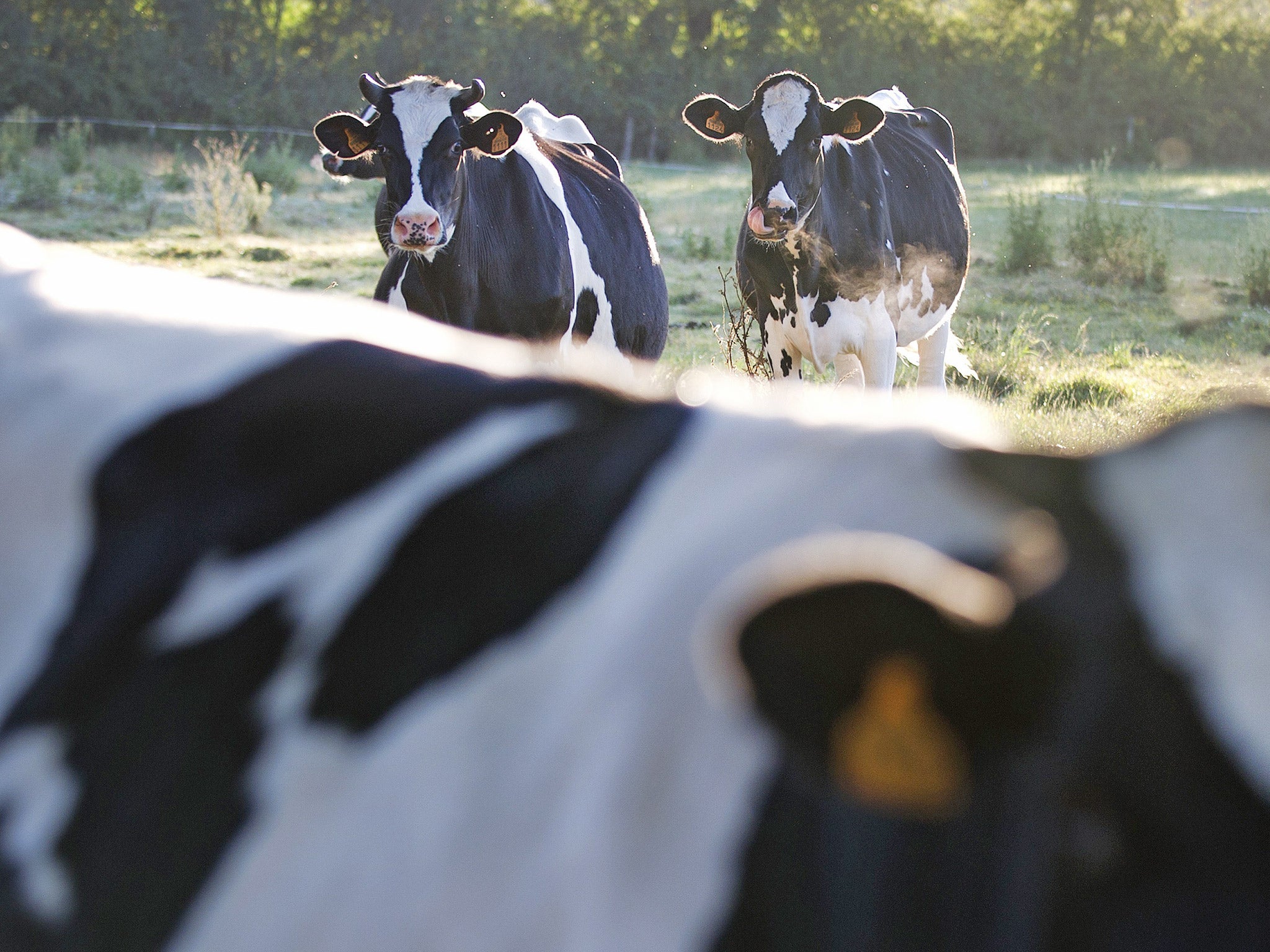Our European ancestors brought farming, languages and a love of dairy, study shows
Thousands of Bronze Age migrants from the Caucuses came to northern Europe in a major movement of prehistoric people in the third millennium BC

Your support helps us to tell the story
From reproductive rights to climate change to Big Tech, The Independent is on the ground when the story is developing. Whether it's investigating the financials of Elon Musk's pro-Trump PAC or producing our latest documentary, 'The A Word', which shines a light on the American women fighting for reproductive rights, we know how important it is to parse out the facts from the messaging.
At such a critical moment in US history, we need reporters on the ground. Your donation allows us to keep sending journalists to speak to both sides of the story.
The Independent is trusted by Americans across the entire political spectrum. And unlike many other quality news outlets, we choose not to lock Americans out of our reporting and analysis with paywalls. We believe quality journalism should be available to everyone, paid for by those who can afford it.
Your support makes all the difference.The making of modern Europe began in earnest about 5,000 years ago when a mass migration of people from what is now southern Russia and Georgia introduced new technology, languages and dairy farming to the continent, a study has found.
Thousands of Bronze Age migrants from the Caucuses came to northern Europe in a major movement of prehistoric people in the third millennium BC, according to the largest research project of its kind that analysed the genetic makeup of more than 100 ancient skeletons from the period.
The migrants brought new metal skills, spoke what became the basis of almost every other European language – from Greek and Latin to German and English – and carried a genetic mutation that allowed adults to drink cow’s milk.
This lactose-tolerance gene, which enables adults to digest the sugar in milk, is still more prevalent in north Europeans today than in most other regions of the world. This illustrates the historic importance of dairy food in the North European diet, the scientists said.

The mass migration was one of the most significant in European history, equivalent to the colonisation of the Americas, and was a transformative period in terms of the change in languages and culture that it brought about, the researchers believe.
“The single most important finding from our study is that the Bronze Age, which is relatively recent, is when the major genetic landscape affecting modern-day Europeans was formed. It’s a surprise as it happened so recently,” said Eske Willerslev, professor of evolutionary genetics at the University of Copenhagen.
“Our study is the first, real large-scale population genomic study ever undertaken on ancient individuals. We analysed genome sequence data from 101 past individuals. This is more than a doubling of the number of genomic sequenced individuals of prehistoric man generated to date,” Professor Willerslev said.
“The results show that the genetic composition and distribution of peoples in Europe and Asia today is a surprisingly late phenomenon, only a few thousand years old,” he said.
The genomic analysis, published in the journal Nature, indicates that the Yamnaya people who lived in the Caucuses about 5,000 years ago were responsible for spreading not just their innovative cultural ideas and languages, but their DNA across a vast area extending from the Urals to Scandinavia.
They effectively replaced the older Neolithic farmers and hunter-gatherers who had occupied the northern Europe for thousands of years previously, presumably aided by the Yamnaya’s ability to smelt bronze and copper and herd cattle, Professor Willerslev said.
“They brought with them new technology, new family structures, new religion and new ways of burying their dead. They also brought the start of cities. They were a high-tech culture,” he said.
The Yamnaya also probably introduced genes for brown eyes, pale skin and tall stature to northern Europeans in the third millennium BC, which at that time was inhabited by dark skinned, blue-eyed, short people, he said.
Crucially, they also brought the lactose-tolerance mutation that would allow adults to drink cow’s milk, a useful genetic attribute for healthy nutrition.
“Previously, the common belief was that lactose tolerance developed in the Balkans or in the Middle East in connection with the introduction of farming during the Stone Age,” said Martin Sikora of the Natural History Museum in Copenhagen, a co-author of the study.
“But now we can see that even late in the Bronze Age the mutation that gives rise to the tolerance is rare in Europe. We think that it may have been introduced into Europe with the Yamnaya herders from the Caucasus but that the selection that has made most Europeans lactose tolerant has happened at a much later time,” Dr Sikora said.
Professor Kristian Kristiansen, an archaeologist at the University of Gothenburg, said the study resolves some of the questions about whether this period in prehistory was dominated by the movement of ideas or the migration and settlement of people en masse.
“The old Neolithic farming cultures were replaced by a completely new perception of family, property and personhood. I and other archaeologists share the opinion that these changes came about as a result of massive migrations,” Professor Kristiansen said.
The study, led by Morten Allentoft of the Natural History Museum in Copenhagen, also found that the Yamnaya people migrated east to occupy parts of Central Asia. They were eventually replaced by eastern Asians about 2,000 years ago.
Join our commenting forum
Join thought-provoking conversations, follow other Independent readers and see their replies
Comments